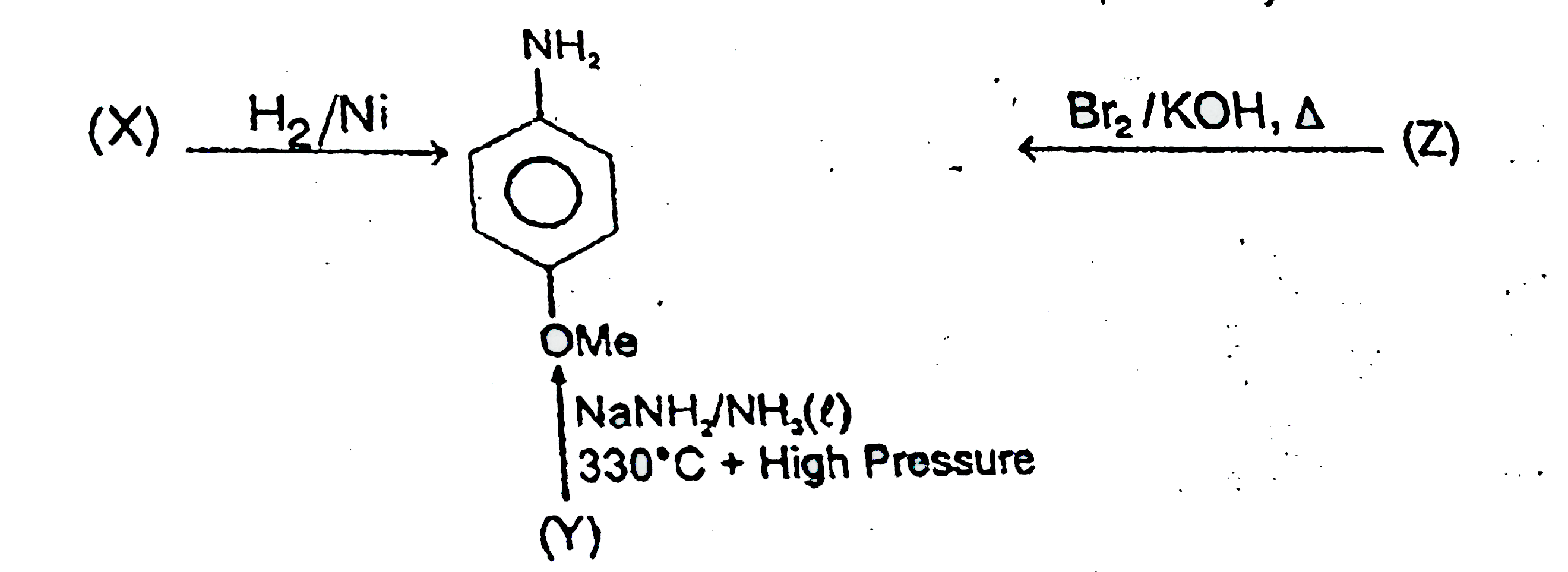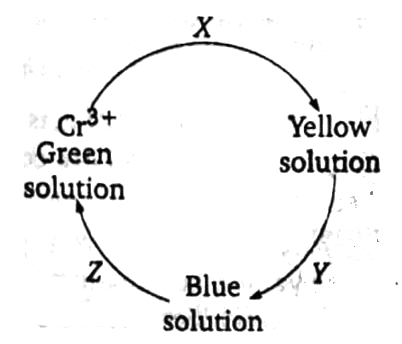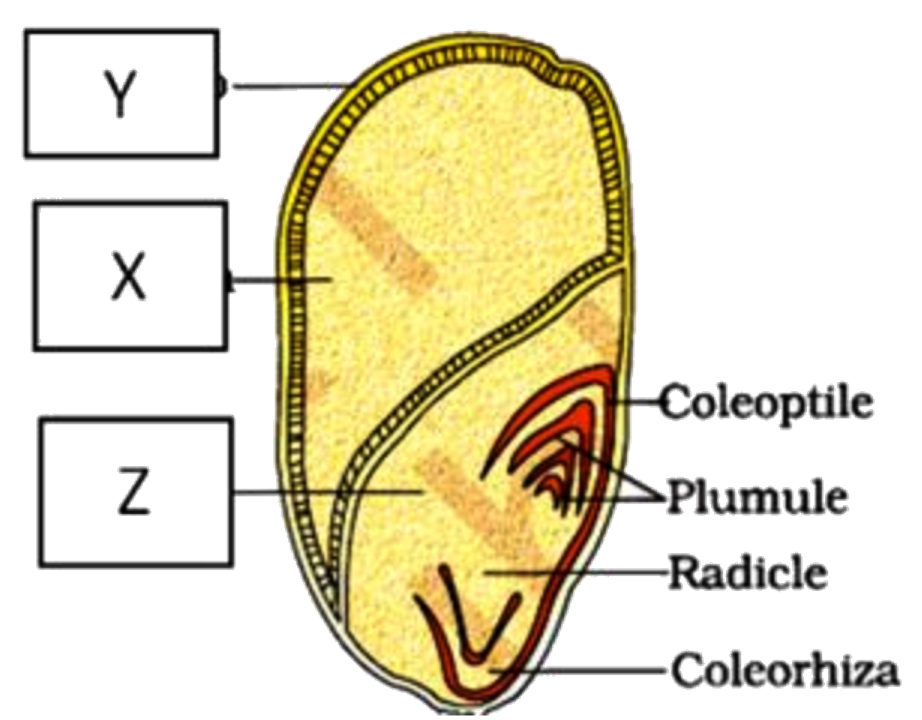The electron affinity values(inKJmole−1) of three halogens x, y and z are respectively −349,−333and−325. Then x, y and z respectively are
F,ClandBr
Cl,FandBr
Cl,BrandF
Br,ClandF
The correct Answer is:B
To determine which halogens correspond to the given electron affinity values of -349 kJ/mol, -333 kJ/mol, and -325 kJ/mol, we can analyze the trends in electron affinity among the halogens (Group 17 elements) which are fluorine (F), chlorine (Cl), bromine (Br), and iodine (I).
1. Identify the Halogens and Their Electron Affinities:
- The halogens in order of their atomic number are:
- Fluorine (F)
- Chlorine (Cl)
- Bromine (Br)
- Iodine (I)
- The given electron affinity values are:
- x = -349 kJ/mol
- y = -333 kJ/mol
- z = -325 kJ/mol
2. Understand the Trend in Electron Affinity:
- As we move down the group from fluorine to iodine, the atomic size increases and the effective nuclear charge experienced by the outermost electrons decreases. This generally leads to a decrease in electron affinity.
- However, fluorine has a small atomic size which causes significant inter-electronic repulsion when an electron is added, resulting in a lower electron affinity compared to chlorine.
3. Assign Electron Affinity Values to Halogens:
- Based on the trend:
- Fluorine (F) has the lowest electron affinity due to inter-electronic repulsion, even though it is expected to have a high electron affinity due to its high electronegativity.
- Chlorine (Cl) has a higher electron affinity than fluorine.
- Bromine (Br) has the lowest electron affinity among these three.
- Therefore, we can assign:
- x = Chlorine (Cl) = -349 kJ/mol (highest electron affinity)
- y = Fluorine (F) = -333 kJ/mol
- z = Bromine (Br) = -325 kJ/mol (lowest electron affinity)
4. Final Conclusion:
- Thus, the halogens x, y, and z correspond to:
- x = Chlorine (Cl)
- y = Fluorine (F)
- z = Bromine (Br)
Final Answer:
- x = Chlorine (Cl)
- y = Fluorine (F)
- z = Bromine (Br)
- The halogens in order of their atomic number are:
- Fluorine (F)
- Chlorine (Cl)
- Bromine (Br)
- Iodine (I)
- The given electron affinity values are:
- x = -349 kJ/mol
- y = -333 kJ/mol
- z = -325 kJ/mol
- As we move down the group from fluorine to iodine, the atomic size increases and the effective nuclear charge experienced by the outermost electrons decreases. This generally leads to a decrease in electron affinity.
- However, fluorine has a small atomic size which causes significant inter-electronic repulsion when an electron is added, resulting in a lower electron affinity compared to chlorine.
- Based on the trend:
- Fluorine (F) has the lowest electron affinity due to inter-electronic repulsion, even though it is expected to have a high electron affinity due to its high electronegativity.
- Chlorine (Cl) has a higher electron affinity than fluorine.
- Bromine (Br) has the lowest electron affinity among these three.
- Therefore, we can assign:
- x = Chlorine (Cl) = -349 kJ/mol (highest electron affinity)
- y = Fluorine (F) = -333 kJ/mol
- z = Bromine (Br) = -325 kJ/mol (lowest electron affinity)
- Thus, the halogens x, y, and z correspond to:
- x = Chlorine (Cl)
- y = Fluorine (F)
- z = Bromine (Br)
- x = Chlorine (Cl)
- y = Fluorine (F)
- z = Bromine (Br)
Similar Questions
The electron affinity values (in kJmol−1 ) of three halogens, X, Y
and Z are respectively -349, -333 and -325. Then X, Y and Z are respectively
View SolutionIn the following reaction X,Y and Z are respectively :

View SolutionIn this sequence X, Y , Z are respectively:

View Solution
The formed products Z,Y,X are respectively .
View SolutionIf the 4th, 10th and 16th terms of a G.P. are x,y and z respectively, then x,y,z are in
View SolutionWhich will have the maximum value of electron affinity Ox,Oy,Oz [x,y and z respectively are 0,−1 and −2]?
View SolutionIn the carbylamine reaction, R−X converted R−Y via the intermediate Z,R−X,R−YandZ, respectively are
View SolutionThe CORRECT names at 'X' ,'Y' & 'Z' respectively are

View SolutionThe unit of three physical quantities x, y and z are gcm2s−5, gs−1 and cms−2 respectively. The relation between x, y and z is
View SolutionMagnetic moment of V(Z=23),Cr(Z=24),andMn(Z=25) are x,y,z respectively hence
View Solution